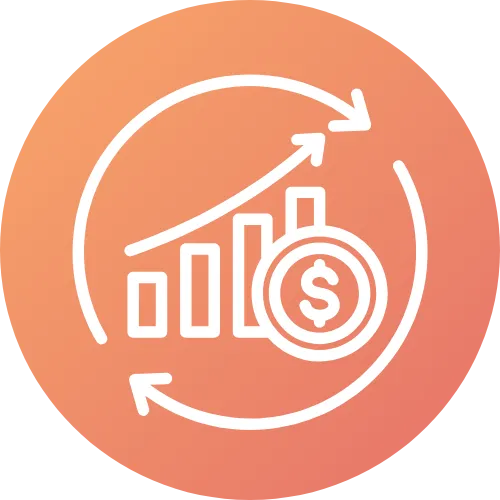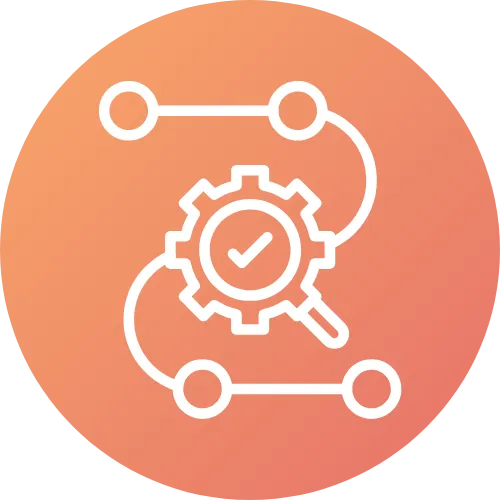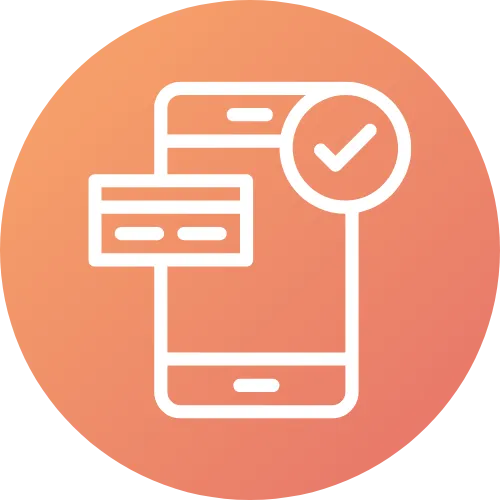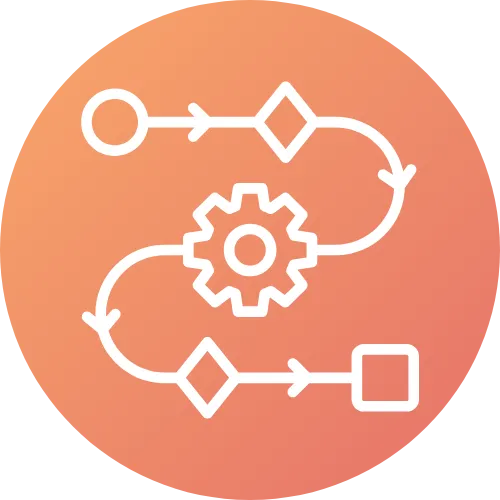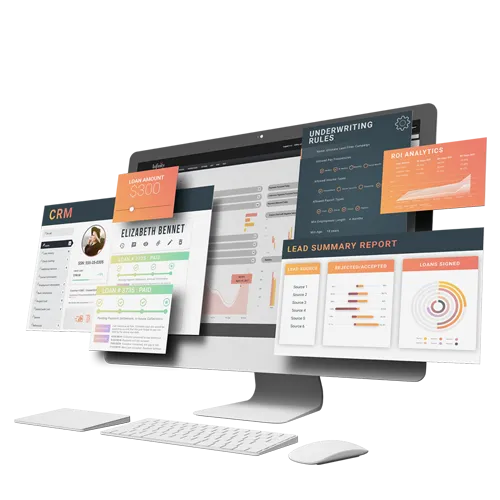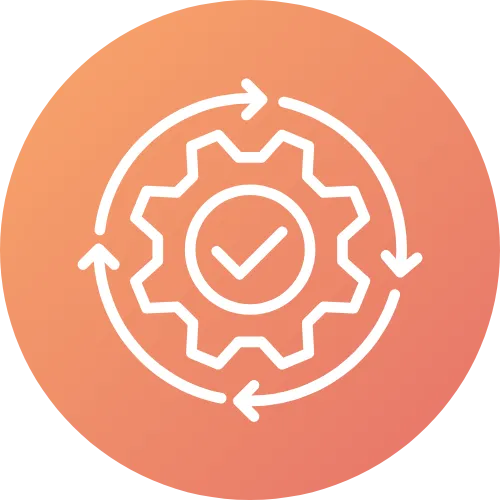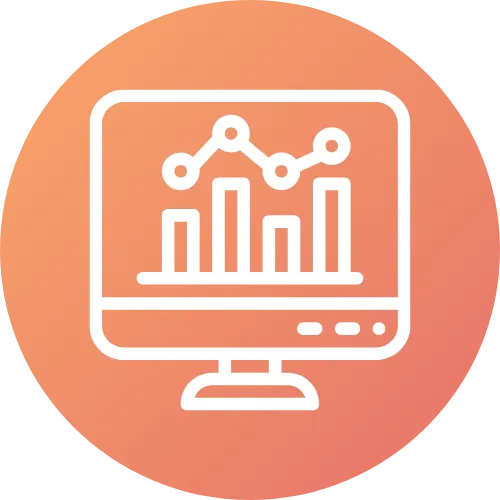
How Does a Loan Management System (LMS) Work?
The Evolution of Loan Management: From Paper to Automation
Once upon a time, managing loans was a slow, paper-heavy process riddled with human error and inefficiencies. Lenders relied on stacks of documents, manual approvals, and tedious data entry, making loan management a complex and time-consuming task.
Fast forward to today, and we have the game-changer: Loan Management Systems (LMS). These digital platforms automate and streamline the lending process from application to final payment, making the experience smoother for both lenders and borrowers.
If you’ve ever wondered how an LMS works and why it’s revolutionizing the lending industry, buckle up. We’re diving into everything you need to know about loan management systems, from their core functionalities to the must-have features that make them indispensable.
What is a Loan Management System (LMS)?
A Loan Management System (LMS) is a software solution designed to handle every aspect of a loan’s lifecycle, including:
Loan origination
Credit assessment and risk analysis
Payment processing
Compliance and reporting
Customer relationship management
By integrating automation, analytics, and AI, a modern LMS eliminates redundancies, improves accuracy, and speeds up the entire lending process.
How Does an LMS Work?
At its core, an LMS follows a structured workflow that ensures efficiency and compliance at every stage of the loan cycle. Here’s a step-by-step breakdown:
1. Loan Origination & Application Processing
The process kicks off when a borrower submits a loan application. With an LMS, this can be done through an online portal, mobile app, or even a third-party platform. The system then:
Collects and verifies applicant information
Assesses creditworthiness using AI-powered analytics
Automates underwriting to ensure quick decision-making
2. Credit Assessment & Risk Analysis
Gone are the days of manual credit checks. A sophisticated LMS integrates with credit bureaus and alternative data sources to evaluate an applicant’s financial health. AI algorithms help detect fraudulent applications, assess risk levels, and predict loan repayment behaviors.
3. Loan Approval & Disbursement
Once the loan is approved, the LMS handles everything from generating contracts to electronically signing documents. Funds are then disbursed via integrated payment gateways, ensuring seamless transactions.
4. Loan Servicing & Repayment Management
This is where the LMS truly shines. Managing loan repayments can be complex, but automation simplifies it by:
Sending automated payment reminders
Processing payments in multiple modes (ACH, credit/debit cards, digital wallets)
Adjusting repayment schedules based on borrower needs
5. Compliance & Reporting
Regulatory compliance is a major challenge in the lending industry. A robust LMS keeps lenders on the right side of the law by:
Automatically generating compliance reports
Monitoring transactions for suspicious activity (AML compliance)
Ensuring data security through encrypted cloud storage
6. Customer Relationship Management (CRM)
A great LMS isn’t just about numbers—it’s about people. Built-in CRM tools help lenders nurture borrower relationships by:
Providing real-time account access via self-service portals
Offering personalized loan options based on borrower behavior
Enhancing communication through automated emails and chatbots
Key Features of a High-Performance Loan Management System
Not all LMS platforms are created equal. Here are some must-have features that make a modern LMS stand out:
1. Automation & AI-Powered Decision Making
AI and machine learning take guesswork out of lending by analyzing borrower data in real-time, reducing risk and speeding up approvals.
2. Cloud-Based Scalability
Traditional on-premise systems are costly and inflexible. Cloud-based LMS solutions provide:
Automatic updates and security patches
Remote access from any device
Scalable infrastructure to handle growth
3. Seamless Integrations
A powerful LMS should integrate with:
Credit bureaus (Equifax, Experian, TransUnion)
Accounting software (QuickBooks, Xero)
Payment gateways (PayPal, Stripe, ACH processors)
Compliance and fraud detection tools
4. Multi-Channel Accessibility
Borrowers today expect convenience. An LMS should offer:
Mobile-friendly portals
Chatbot-assisted loan inquiries
24/7 customer support via AI-driven interactions
5. Customization & Flexibility
Every lender has unique needs. A customizable LMS allows lenders to:
Configure workflows and automation rules
Adapt to different loan types (personal, auto, mortgage, business)
Implement branded customer experiences
The Benefits of Using a Loan Management System
Adopting an LMS isn’t just about keeping up with technology—it’s about gaining a competitive edge. Here’s why lenders are making the switch:
✅ Faster Loan Processing
Automation reduces loan approval times from weeks to hours, improving borrower satisfaction.
✅ Lower Operational Costs
By eliminating manual tasks, lenders save on administrative costs and reduce the need for large back-office teams.
✅ Enhanced Security & Compliance
Cloud-based security, automated compliance monitoring, and fraud detection tools keep lenders protected.
✅ Scalability for Growth
Whether you’re a startup or an established lender, a good LMS grows with your business, allowing you to expand into new markets seamlessly.
✅ Better Borrower Experience
With digital applications, real-time updates, and flexible repayment options, borrowers get a hassle-free lending experience.
The Future of Loan Management Systems
The lending industry is evolving rapidly, and LMS technology is at the forefront of this transformation. Looking ahead, we can expect:
More AI & Machine Learning Innovations: Predictive analytics will improve risk assessment and fraud detection.
Blockchain & Smart Contracts: These will enhance transparency and security in loan agreements.
Greater Personalization: Borrowers will receive AI-driven loan offers tailored to their unique financial profiles.
Final Thoughts: Should You Invest in an LMS?
If you’re a lender looking to streamline operations, reduce risks, and enhance customer experiences, adopting a Loan Management System is no longer optional—it’s essential.
The right LMS can transform your lending process from a manual headache into a seamless, efficient, and scalable system. Whether you’re managing small personal loans or handling enterprise-level financing, the right technology will empower your business to thrive in the modern lending landscape.
Are you ready to reimagine lending? Schedule a demo today and see how the right LMS can revolutionize your business.

